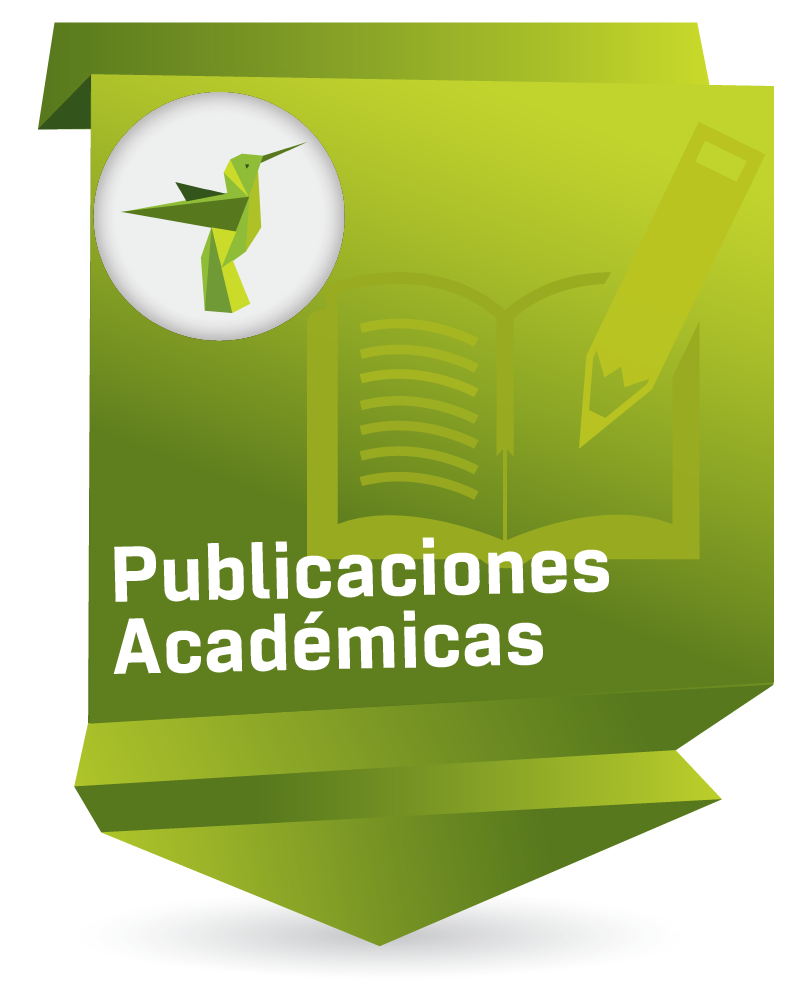Challenges in the Implementation of CLIL in Higher Education: From ESP to CLIL in the Tourism Classroom
Retos en la implementación de CLIL en la educación superior: de ESP a CLIL en el aula de turismo

Enlaces del Item
URI: http://hdl.handle.net/10818/38580Visitar enlace: https://laclil.unisabana.edu.c ...
Visitar enlace: https://laclil.unisabana.edu.c ...
ISSN: 2011-6721
DOI: 10.9452/laclil.2019.12.1.7
Compartir
Estadísticas
Ver Estadísticas de usoCatalogación bibliográfica
Mostrar el registro completo del ítemFecha
2019Resumen
Content and Language Integrated Learning (CLIL) has often been touted as an effective means of enhancing the language proficiency gains among its learners due to its focus on content over form and higher cognitive demand. However, cautions have been raised regarding the varying conditions and contexts that need to be taken into consideration in order to ensure its effectiveness. This study aimed to analyze the outcome of switching from an English for Specific Purposes (ESP) program to a CLIL program in the fourth and fifth semesters of the School of Tourism at the University of Azuay. Study participants were randomly divided into two groups: a CLIL (experimental) and a non-CLIL group (control), where the former received CLIL instruction and the latter received ESP instruction for an average of five hours per week over a period of two consecutive semesters. The findings revealed no significant increases in language proficiency or differences in achievement between the two groups, thus suggesting that the starting language level of learners influenced the results of the CLIL program.
Palabras clave
Ubicación
LACLIL, 12(1), 144-176

















